A typical ceiling fan uses about 10 to 120 watts, depending on the size, speed, and model. If you are wondering how much it costs to run a ceiling fan, you need to multiply the wattage consumption, running time, and electricity rate in your area. For instance, if you run a ceiling fan (100W) for 24 hours per day and the electricity rate is 15.95 cents per kWh in your area, the daily cost would be $0.38. This translates to $11.48 per month and $137.81 per year, which can impact the utility bills.
Even though ceiling fans are cost-effective compared to air conditioners, they still add to the overall electric bills. Jackery Solar Generators feature large battery capacities that can power most household appliances, including portable fans, air conditioners, coolers, refrigerators, etc., to help you cut your electricity bills. They are built with a sturdy handle for easier transportation around the home whenever needed.
Key Takeaways
- Ceiling fans typically use between 10W and 120W per hour, depending on the size, motor type, and speed.
- Running a single ceiling fan (100W) for 24 hours can cost between $0.38 per day and $11.48 per month.
- Some ways to reduce the cost of running a ceiling fan include turning them off when you leave the room, using the correct fan direction, and installing Energy Star-certified ceiling fans.
- Jackery Solar Generators offer a cost-effective way to power portable fans and other household appliances without relying on the grid.
How Many Watts a Ceiling Fan Consumes
The wattage of a ceiling fan depends on its motor type, size, and speed setting. On average, you can expect any ceiling fan to consume between 10W and 120W. Energy Star-rated fans are more energy efficient and use less power while still delivering adequate airflow. Understanding how many watts a ceiling fan uses will help you manage your electricity bills better. Once you know the wattage, you can easily calculate how many amps a ceiling fan uses by multiplying watts by the voltage.

How Much Does It Cost to Run a Ceiling Fan in the USA
The cost to run a ceiling fan can be calculated by multiplying the fan's wattage by the number of hours it runs and the cost of electricity in your area. According to the January 2024 data by the US Energy Information Administration, the average electric rate per kWh is 15.95 cents per kWh. If you are running a 100W fan for 24 hours per day, it will cost $0.38 daily, $11.48 monthly, and $137.81 yearly. The more fans you use in your home, the more will be the electricity bill.
Daily, Monthly, and Yearly Cost to Run a Ceiling Fan
The electricity rate per kWh will be different in different states of the USA. Let's break down how much it costs to run a ceiling fan daily, monthly, and yearly:
|
Wattage |
Usage (Hrs/Day) |
State |
Rate in cents per kWh |
Daily Cost
|
Monthly Cost |
Yearly Cost |
|
100W |
24H |
New Jersey |
19.68 |
$0.47 |
$14.17 |
$170.04 |
|
100W |
24H |
New York |
25.31 |
$0.61 |
$18.22 |
$218.68 |
|
100W |
24H |
Illinois |
15.81 |
$0.38 |
$11.38 |
$136.60 |
|
100W |
24H |
Ohio |
15.64 |
$0.38 |
$11.26 |
$135.13 |
|
100W |
24H |
North Dakota |
9.93 |
$0.24 |
$7.15 |
$85.80 |
|
100W |
24H |
South Dakota |
12.09 |
$0.29 |
$8.70 |
$104.46 |
|
100W |
24H |
Florida |
14.43 |
$0.35 |
$10.39 |
$124.68 |
|
100W |
24H |
Georgia |
13.52 |
$0.32 |
$9.73 |
$116.81 |
|
100W |
24H |
North Carolina |
12.47 |
$0.30 |
$8.98 |
$107.74 |
|
100W |
24H |
South Carolina |
13.81 |
$0.33 |
$9.94 |
$119.32 |
|
100W |
24H |
Texas |
14.68 |
$0.35 |
$10.57 |
$126.84 |
|
100W |
24H |
Colorado |
15.01 |
$0.36 |
$10.81 |
$129.69 |
|
100W |
24H |
Idaho |
10.82 |
$0.26 |
$7.79 |
$93.48 |
|
100W |
24H |
Montana |
11.41 |
$0.27 |
$8.22 |
$98.58 |
|
100W |
24H |
Nevada |
13.92 |
$0.33 |
$10.02 |
$120.27 |
|
100W |
24H |
New Mexico |
13.73 |
$0.33 |
$9.89 |
$118.63 |
|
100W |
24H |
Utah |
12.12 |
$0.29 |
$8.73 |
$104.72 |
|
100W |
24H |
Wyoming |
11.69 |
$0.28 |
$8.42 |
$101.00 |
|
100W |
24H |
California |
30.22 |
$0.73 |
$21.76 |
$261.10 |
|
100W |
24H |
Oregon |
14.44 |
$0.35 |
$10.40 |
$124.76 |
|
100W |
24H |
Alaska |
24.74 |
$0.59 |
$17.81 |
$213.75 |
|
100W |
24H |
Hawaii |
40.51 |
$0.97 |
$29.17 |
$350.01 |
|
100W |
24H |
US |
15.95 |
$0.38 |
$11.48 |
$137.81 |
Source: Electric Power Monthly - US Energy Information Administration (EIA)
Official Tips to Reduce Ceiling Fan Costs
Even though ceiling fans are generally efficient, you can use them wisely to reduce electricity bills further. Here are a few official tips to reduce ceiling fan costs from the US Department of Energy and Energy Star:
Reduce Fan Speed by Half: Even a slight reduction in fan speed can significantly lower energy consumption. According to the Energy Star reports, reducing the fan speed by half will reduce energy consumption by one-eighth and lower electricity bills.
Turn Off Fans When You Leave the Room: Ceiling fans cool people by creating a windchill effect. Therefore, to reduce electricity costs, you must consider turning them off while leaving the room.
Reverse Fan Direction: In the winter season, set ceiling fans to move air downward (counterclockwise) and set them to move air upward (clockwise) in summer. This will help you set the speed to low and circulate air from the ceiling fan.
Choose Energy-Efficient Fans: Energy-efficient ceiling fans are designed to lower energy consumption and save energy. Variable-speed fans can also save energy and reduce utility bills in the long run.
Invest in a Solar Generator: Jackery Solar Generators can help you power various household appliances, such as portable fans, air coolers, lights, etc. They have a sturdy handle and lightweight design for easier transportation anywhere you go.
How to Save on Your Electricity Bill With Jackery Solar Generators
Solar generators offer a clean, portable power source that can supply steady electricity to various appliances like ceiling fans, lights, air coolers, etc. They work entirely off solar energy and do not pull electricity from the grid. Jackery is a leading solar brand that manufactures solar generators, foldable solar panels, and portable power stations.
Jackery Solar Generators can power a fan, ensuring you do not have to rely on the electricity grid. They are helpful in cutting back on electricity bills, preparing for outages, and lowering the carbon footprint. Here are some of the portable Jackery Solar Generators for solar-powered fans and other heating or cooling appliances:
Jackery Solar Generator 300 Plus
The Jackery Solar Generator 300 Plus is a portable solar-powered generator that can power various small appliances. Whether you want to power a portable fan during an outage or when you are enjoying an evening in the backyard, the solar-powered generator has your back. It features a foldable handle and ergonomic design for easy transportation. If you run 5 portable fans (150W) for 8 hours daily with the solar generator, you can save up to $0.95 per day or $28.71 per month.
Appliances Running Time
- Box Fan (75W) = 3.3H
- Tower Fan (80W) = 3.1H
- Air Cooler (200W) = 1.2H
- Table Fan (50W) = 4.9H
- Standard Fan (100W) = 2.4H

Customer Review
"With everything that is going on in the world, having something like this is a must. Next Hurricane, I will be extra ready. I am going to use this thing camping, at the beach, on the boat, and anywhere I need a little extra power." — Robert Sheriff.
Jackery Solar Generator 600 Plus
The Jackery Solar Generator 600 Plus is a reliable solar-powered generator that can handle multiple fans for longer hours. It is a smart choice for families looking to support both fans and other small appliances during a power outage. If you use an air cooler (200W) and a portable fan (100W) for 8 hours per day, you can save up to $0.38 per day and $11.48 per month. This translates to saving up to $137.81 in a year with the solar generator.
Appliances Running Time
- Box Fan (75W) = 7.2H
- Tower Fan (80W) = 6.7H
- Air Cooler (200W) = 2.7H
- Table Fan (50W) = 10.7H
- Standard Fan (100W) = 5.4H

Customer Review
"My new Jackery Explorer 600 Plus + SolarSaga 100 x 1 works great for setting up my telescope, cooled camera, and laptop in remote dark sky locations. It provides all the power I need to get me through long night astrophotography sessions." — Chris Moore.
How Much Does It Cost to Run a Ceiling Fan FAQs
How much does it cost to run a fan 24/7?
Running a 100-watt ceiling fan nonstop for 30 days at the national average rate of $0.1595/kWh would cost around $11.48 per month and $137.81 per year.
How much does it cost to run a box fan?
A box fan typically consumes 75 watts per hour. If you are running a box fan for 24 hours per day at the national average rate of $0.1595 per kWh, the daily cost will be $0.28. This translates to $8.61 per month and $103.35 per year.
Is it cheaper to run a ceiling fan or lower the thermostat on my AC?
Running any size of ceiling fan is generally cheaper than lowering the thermostat on your AC. Ceiling fans use much less power than air conditioners, and they can help you feel cooler by increasing air circulation.
Conclusion
Ceiling or box fans are one of the most cost-effective ways to stay cool, especially compared to air conditioning. Even when used daily, their energy costs remain low, typically under $30 a month. Still, those costs can add up over time or during high-usage periods. Now that you know how much it costs to run a ceiling fan, following energy-saving tips and investing in the Jackery Solar Generator can keep your home comfortable and lower your utility bill and carbon footprint.

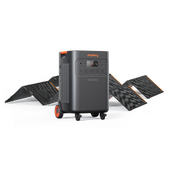
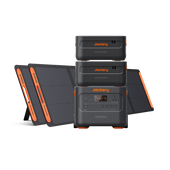
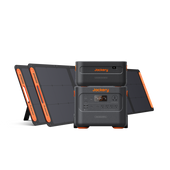

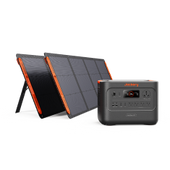

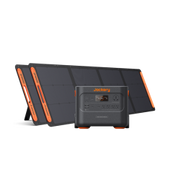
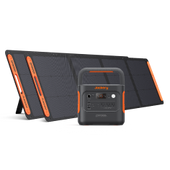

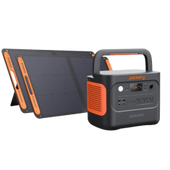
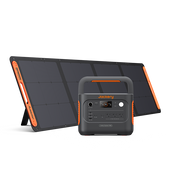
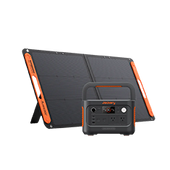


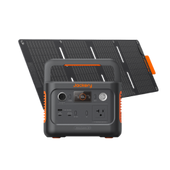
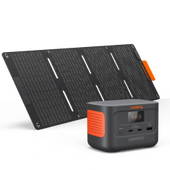
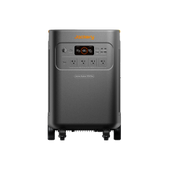
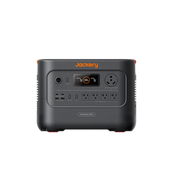
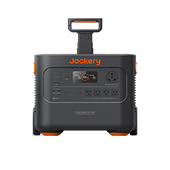
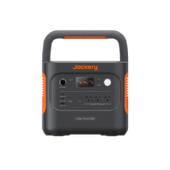
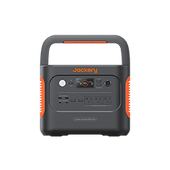
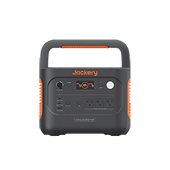
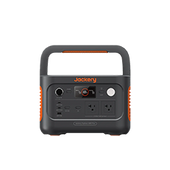
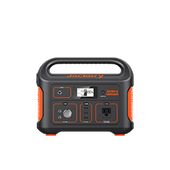
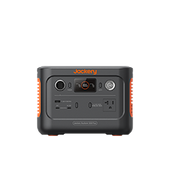

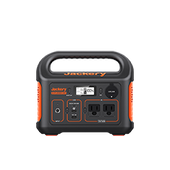
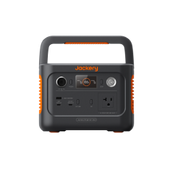
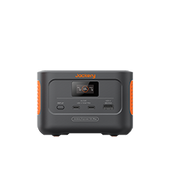
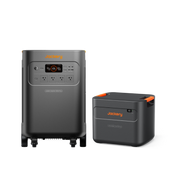
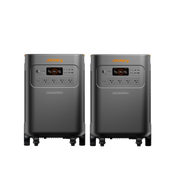
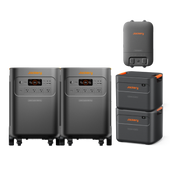
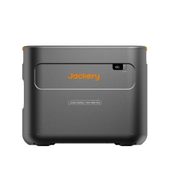
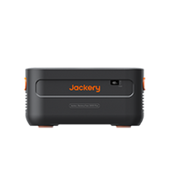
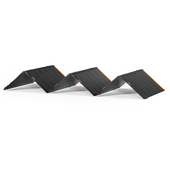
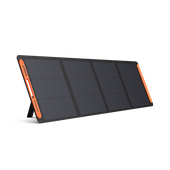
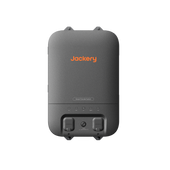
![[Add-on] Jackery Manual Transfer Switch for Explorer 5000 Plus](http://www.jackery.com/cdn/shop/files/800x800-2_5b90d3ab-246e-4679-affe-e7c6949f9c27.png?v=1744356904&width=170)
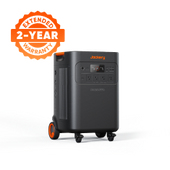
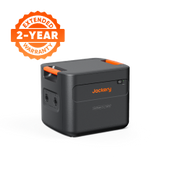
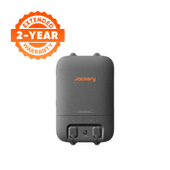
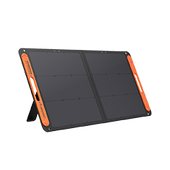
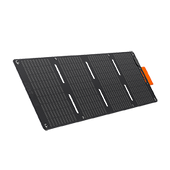
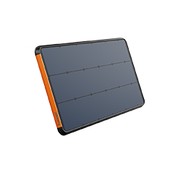
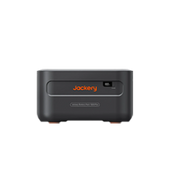

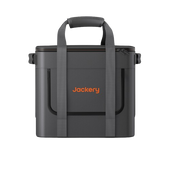

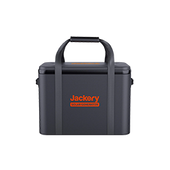

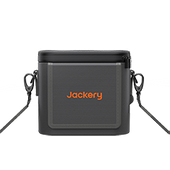
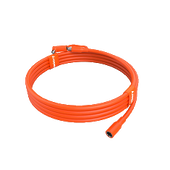

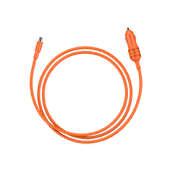

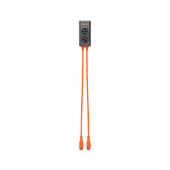
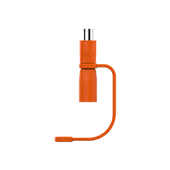
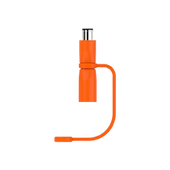
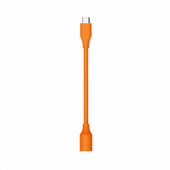
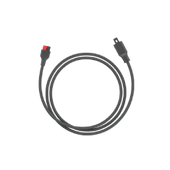
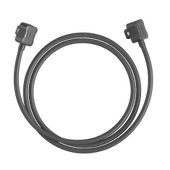
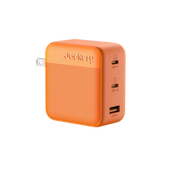
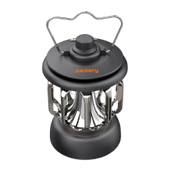


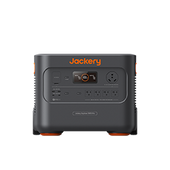
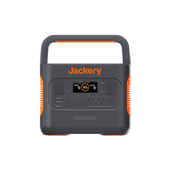
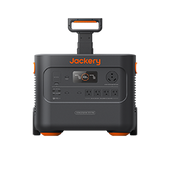
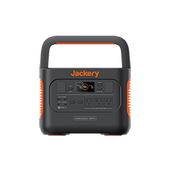
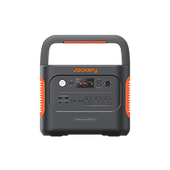
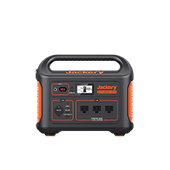

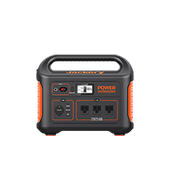
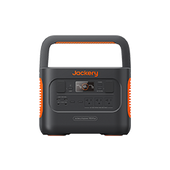
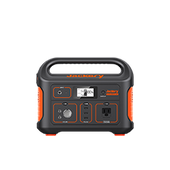
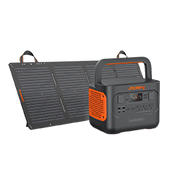
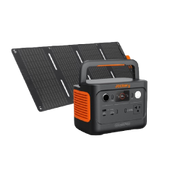
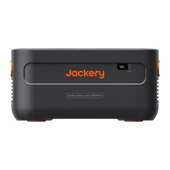
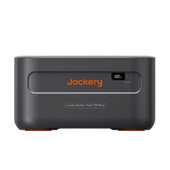



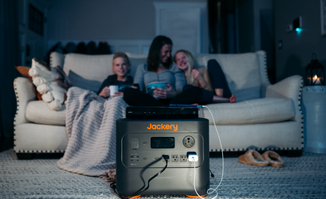

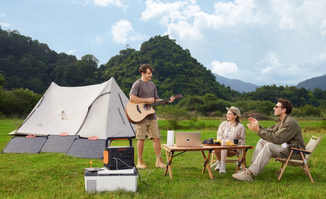
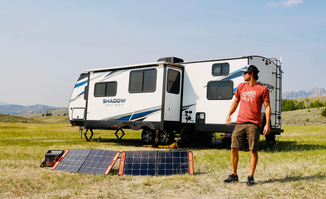

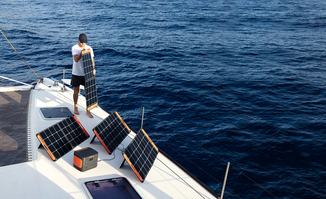
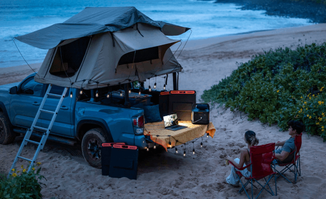
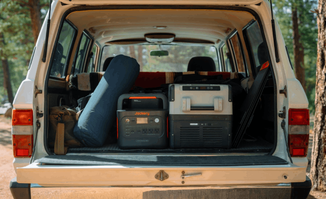





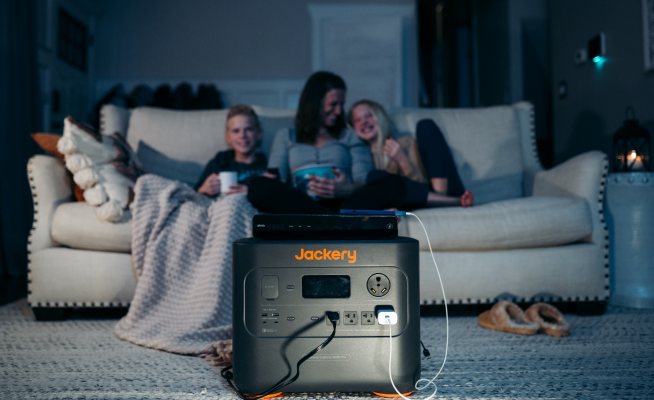

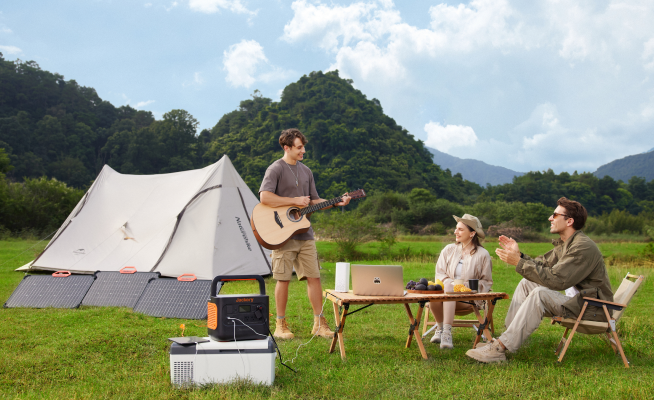
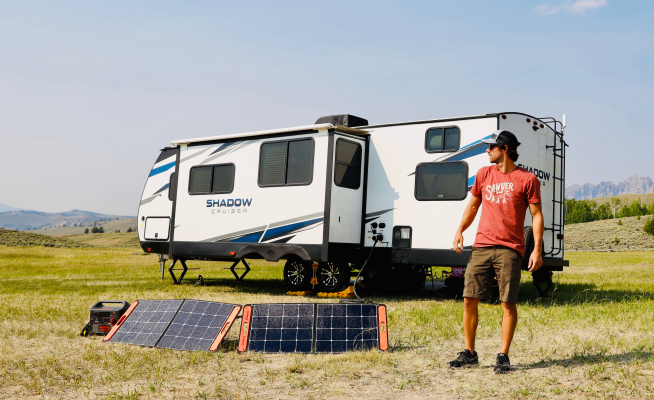

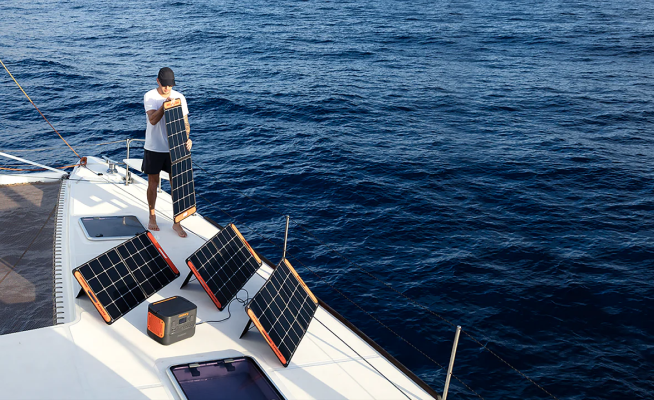
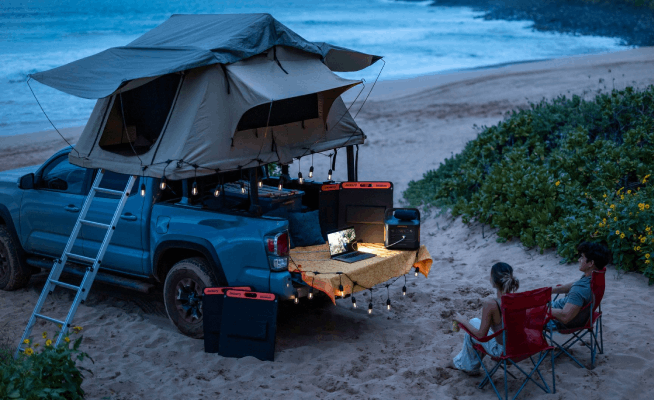
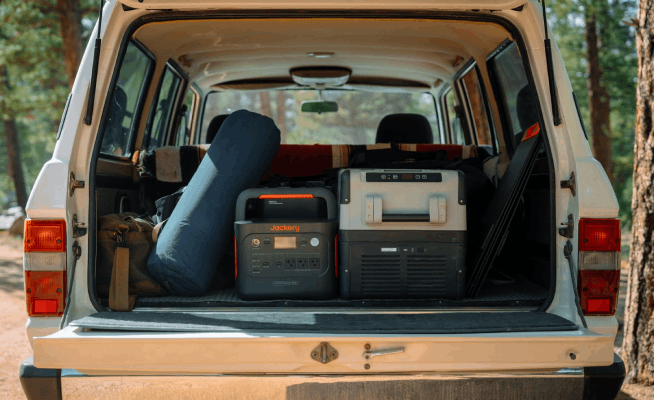













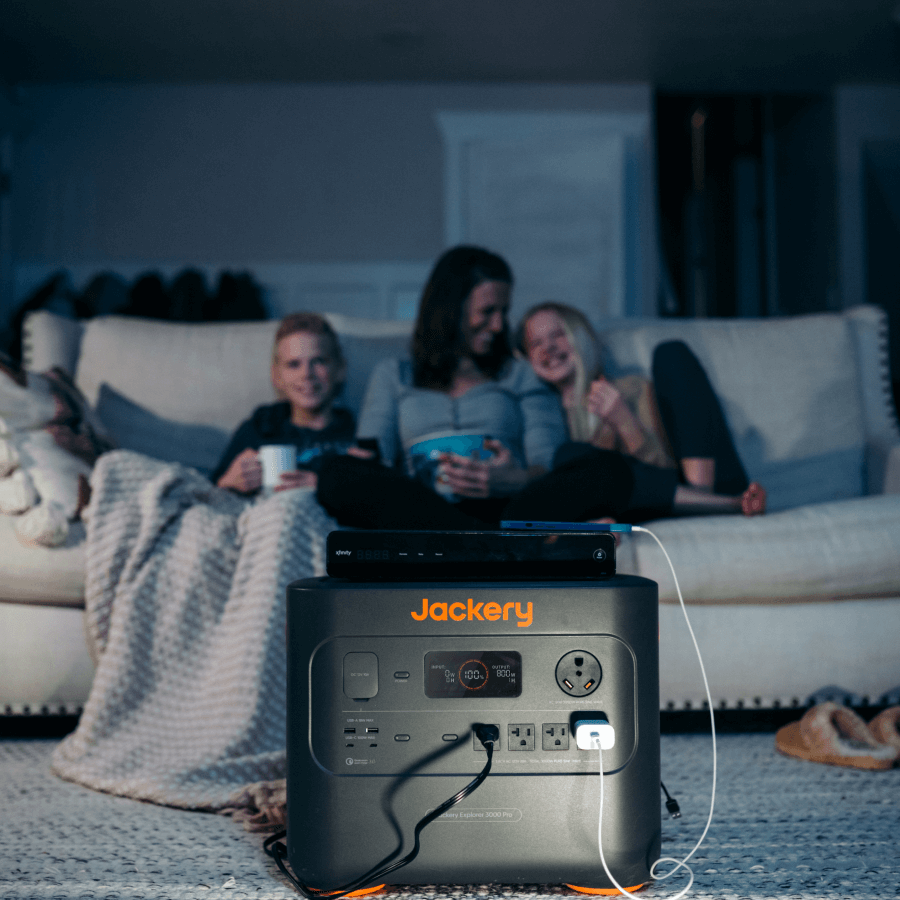

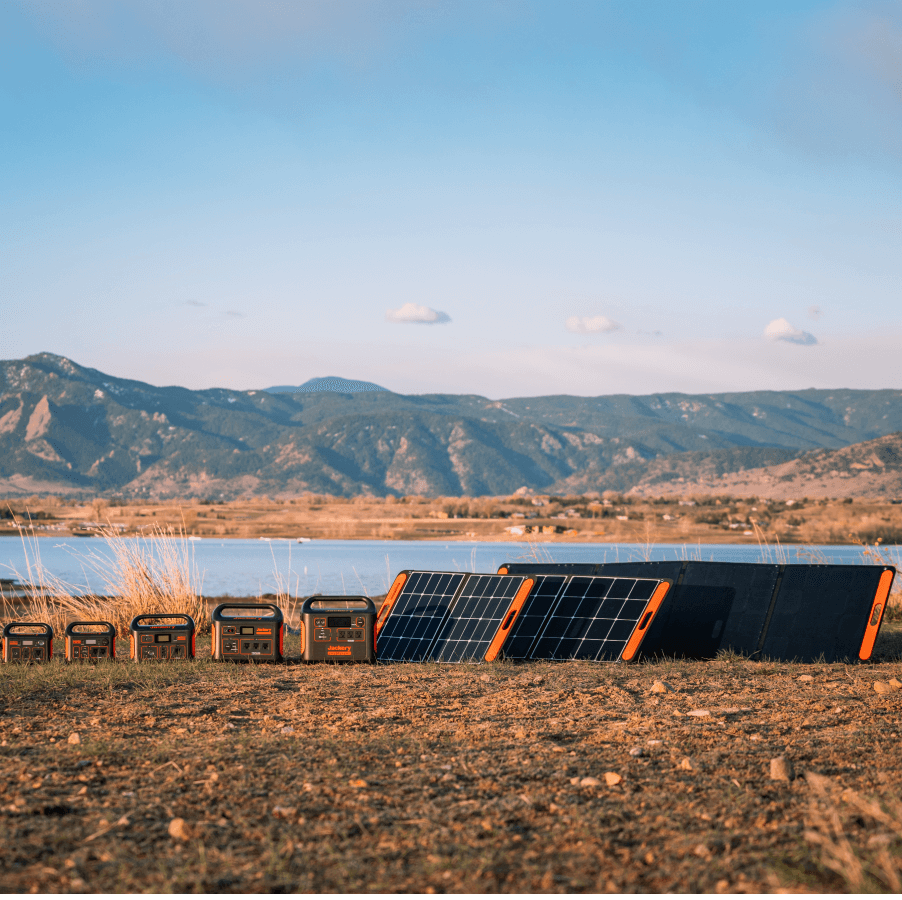

Leave a comment